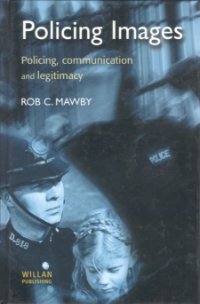By Hyunjung Cheon, Kayla Freemon, Charles M. Katz
Legal socialization is the process by which individuals obtain their attitudes and beliefs about formal social control mechanisms such as the police, including how these are formed through domains of social life. These attitudes and subsequent beliefs toward the police, whether positive or negative, have been found to impact individuals' compliance with the law and cooperation with legal authorities. Despite research advancements on legal socialization, the theoretical hypotheses drawn from this perspective have not been tested in the Caribbean context, a high crime and violence setting where the police are often viewed as corrupt, untrustworthy, and ineffective. This study uses data from 4,293 youths to examine the effect of socializing agents (i.e., family, school, and peers) on youth perceptions of the police in three nations - Guyana, St. Kitts and Nevis, and St. Lucia - and whether these perceptions impact delinquency. We find that legal socialization domains and perceptions of the police are important factors that influence delinquency in the Caribbean. Implications are discussed in light of future research and policy.
island Studies Journal, 18 (1): 30-51, 2023.I Vol. 18








